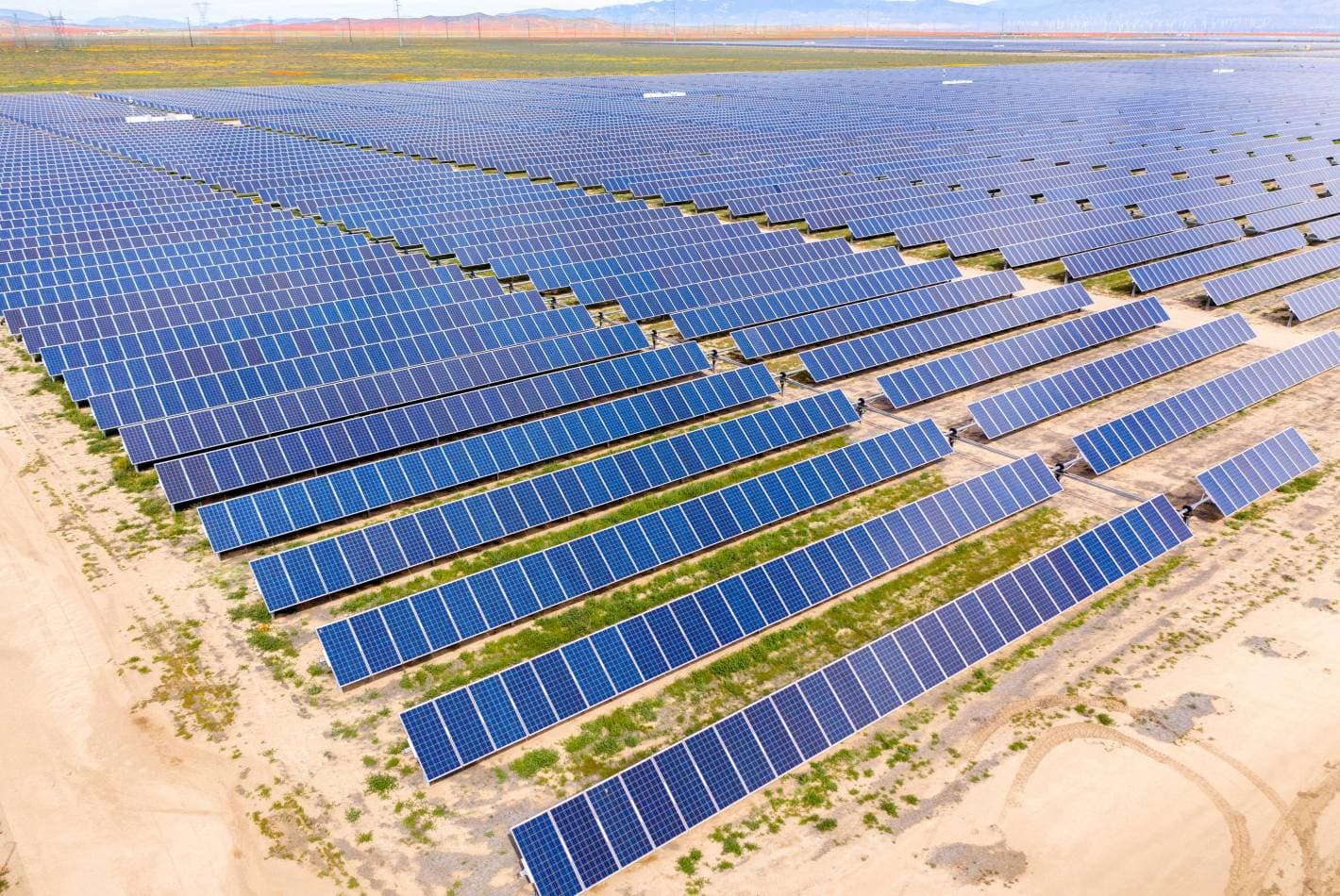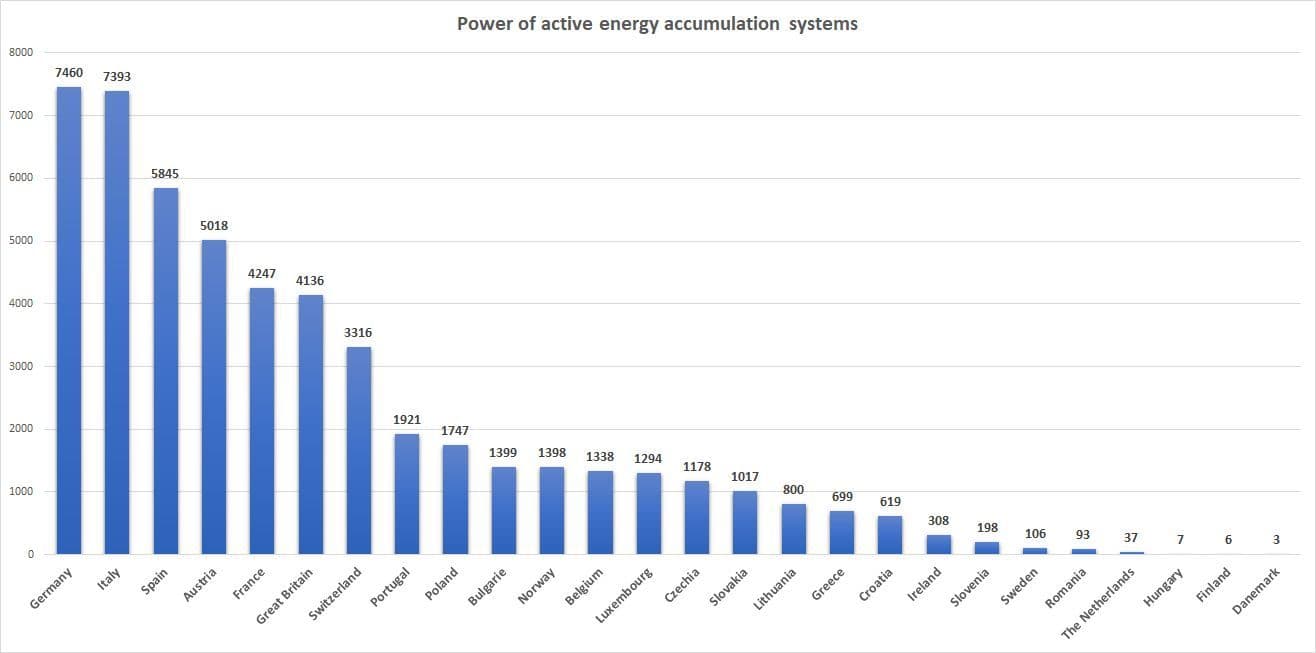The transmission and distribution system needs stability and predictability. Therefore, it is safe to say that the future of the energy sector will not be without storage systems to help maintain stability and quality of supply. Energy storage systems are based on a variety of technologies, including Battery Energy Storage Systems (BESS). It is therefore clear that energy storage systems will become an integral part of the energy system of the future.
So whoever can figure out how to store electricity efficiently on a commercial scale will conquer the world. The old adage is becoming a reality. Battery electricity storage is a promising solution. They can store surplus electricity for when it is needed. In this way, they help to balance supply and demand for electricity, which, according to the golden rule of energy, must always be in balance.
Let's take a look at electricity storage in Europe by type and number:
Battery storage
The predominant technology today is lithium-ion batteries, which are based on similar technology to conventional consumer rechargeable batteries as we know them from domestic use. However, there are other types of battery storage, such as flow batteries, which are large-volume storage devices with longer lifetimes.
Mechanical energy storage
This category is represented by pumped storage hydropower plants. Energy is stored in the form of water, which is moved to a higher position by means of surplus electricity, from which it is in turn fed down to the turbine blades when it is needed to supply the grid. But energy can also be stored in the form of compressed air, for example, which is stored in large reservoirs. A relatively common mechanical means of storing energy is the long-established flywheel.
Thermal storage
A typical thermal storage system can be imagined as a solar tower which, by reflecting the sun's rays through a system of mirrors, concentrates the sun's energy in a single location and stores the resulting heat in, for example, molten salt. The energy is later used to heat the water, which in turn produces steam, which then powers a turbine to generate electricity.
Power-to-Gas
This technology, not yet widely used, is based on converting surplus electricity into gaseous fuels (hydrogen or methane) which are then injected into the natural gas distribution system, thus storing the energy for use when it is needed. Synthetic methane is also sometimes produced from the hydrogen during further processing.


